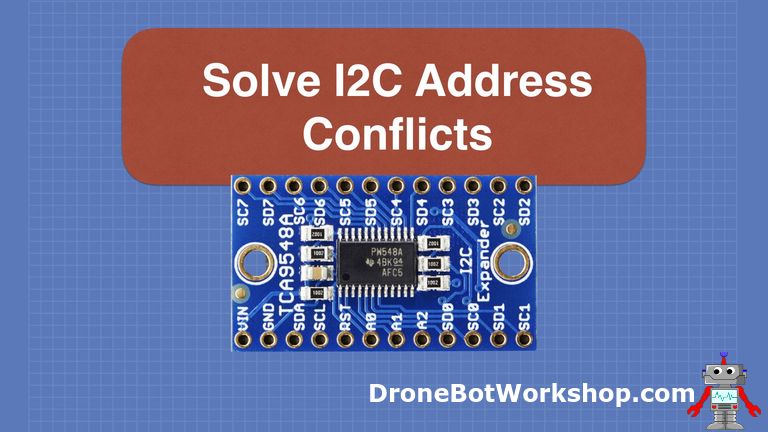
- Arduino i2c example sketch how to#
- Arduino i2c example sketch zip file#
- Arduino i2c example sketch serial#
- Arduino i2c example sketch code#
Wait a few seconds – you should see the RX and TX leds on the board flashing. Open the Arduino IDE and select corresponding board type and port type for your Arduino board.Īfter compile this sketch, simply click the “Upload” button in the environment. LiquidCrystal_I2C lcd(0x27,16,2) // set the LCD address to 0x27 for a 16 chars and 2 line display
Arduino i2c example sketch code#
You can download the sketch from this link or copy below code to your Arduino IDE window: #include "Wire.h"
Arduino i2c example sketch zip file#
Download the library, a zip file (you can download it from here) and extract the contents in the libraries folder of the Arduino IDE. The name of this library is Liquid Crystal I2C. To use the I2C protocol with an LCD display and Arduino, there is a special library to be downloaded and included in the code.

The green power LED (labelled PWR) should go on. Upload SketchĪfter above operations are completed, connect the Arduino board to your computer using the USB cable. Write down the Address that you have found, you’ll need it in the next step. Most Arduino board will show 0x27, however it be other number.
Arduino i2c example sketch serial#
By opening up the serial monitor in the upright corner, Arduino will scan the address range looking for a reply. But sometimes the address might be changed 0x37,0x24 …., So let’s go and look for the one on your device.ĭownload ic2_scanner sketch zip file, then unzip and load it into Arduino IDE. For Uno board, this address usually is 0x27.


When they are connected to a microcontroller (such as Arduino for example), these displays require virtually many connection PINs occupying practically almost all available IO and leaving the multiprocessor few outputs for any other devices and sensors. However, these displays have a small problem. These values can be either a simple text or numerical values read by the sensors, such as temperature or pressure, or even the number of cycles that the Arduino is performing. The integration of an LCD display greatly facilitates the interactivity of the project you are developing, allowing the user to directly read some output parameters.

Arduino i2c example sketch how to#
Finally you will see how to program it with a simple example showing how to display text on the display. In this lesson we will show how to mount a LCD display on your Arduino using the I2C communication. During the building of your projects for Arduino, you’ll often need to read the output data directly from a LCD display.


 0 kommentar(er)
0 kommentar(er)
